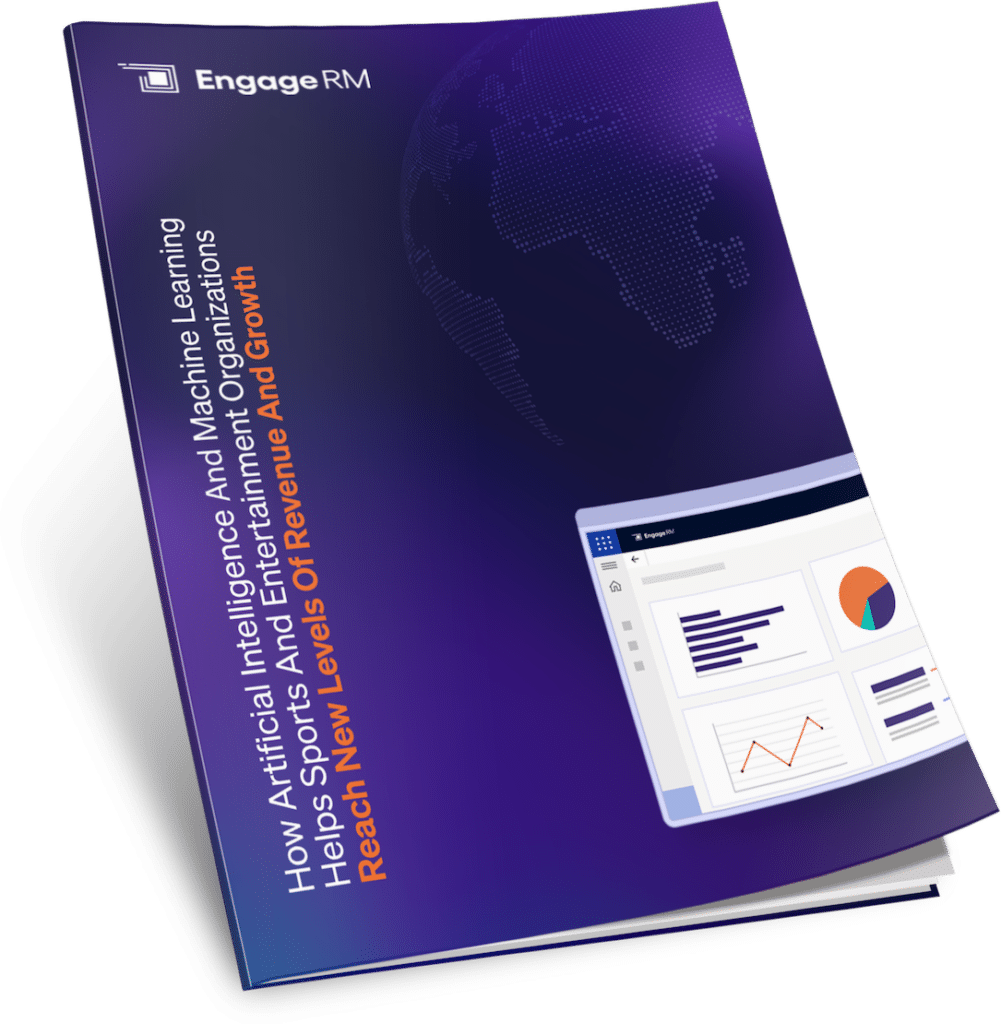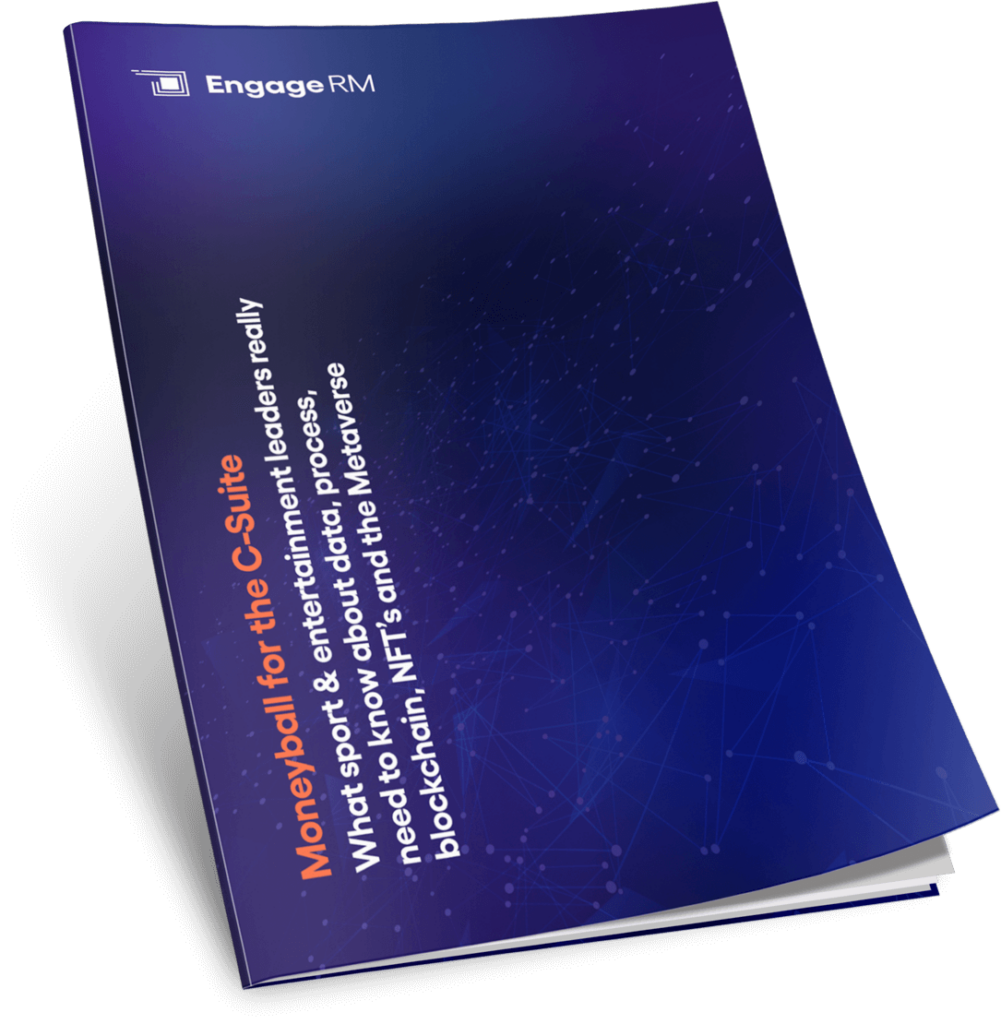Lessons From Nike: Capturing Athlete* Data
21 February 2024
In Nike’s 50 year celebratory publication ‘After all, There is no finish line‘, the shoe giant shared their design vision for the next 50 years.
One of the major themes is their ability to capture data to personalise and predict. Nike has traditionally been a retail-first company, but that is shifting to a direct to consumer model, powered by data and analytics. With a team full of hungry innovators, that new focus requires sound data innovation principles.
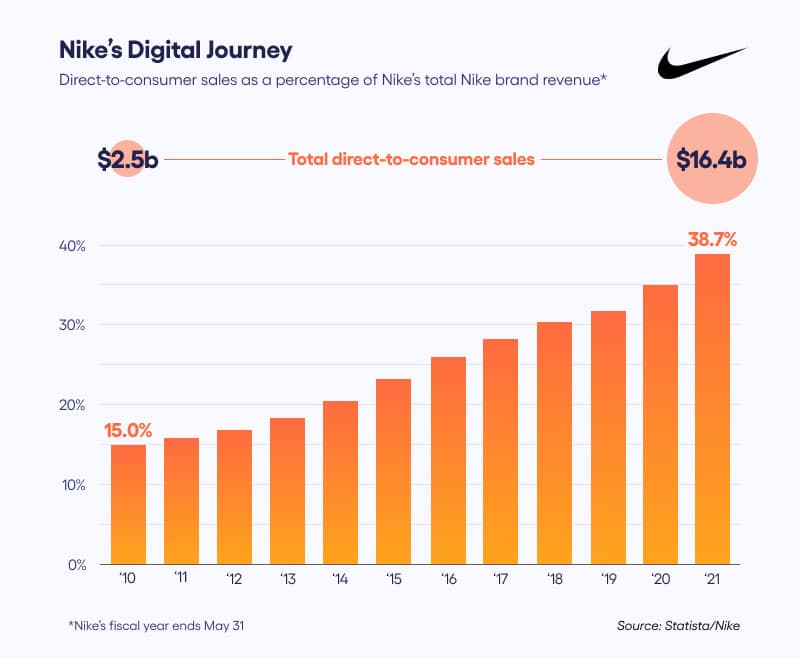
Each time they are presented with an opportunity or idea, they first ask three questions as to whether they should invest in a project:
- Is the data relevant to us?
- Is it relevant to the athlete*?
- Is it scalable?
This relatively simple framework helps them dodge the classic pitfalls: does this fundamentally help the customer in some way, or do we just think its a cool insight? Nike is obsessed with innovating, so there are no time for passion projects.
This comes back to customer-centricity, something we have spoken a lot about here at The Crowd and what we are really focused on at EngageRM.
Yes, we are always on the look out for new revenue streams, but that can be done as a result of incredible customer experiences – not in spite of it.
How Nike Gets Personal
In 2018, Nike acquired leading data analytics company, Zodiac. Their tech allowed them to crunch data points across Nike’s suite of apps and other connected devices (like Garmin), helping them get a broader picture of their customers digital and physical habits.
This would allow them, for example, to know that you replace your running shoes every six months. Nike can then predict when you will need your next pair based on how much you’ve been running, then personalise offers to you, prompting you to purchase.
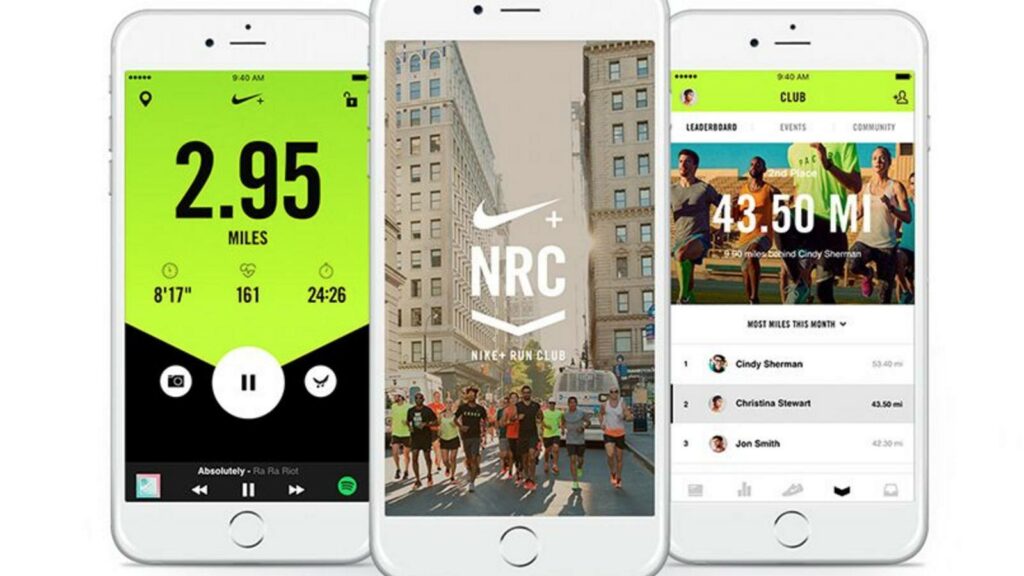
That is just one of thousands of ways Nike can capture information about you and tailor a unique experience.
“We have a tremendous capacity for gathering and storing data; but our skills at modelling data – making it mean something- are way behind”, said iconic designer Ray Eames.
This is as true now as it was in 1978 when Eames was quoted.
And its an important reminder. The ways in which organisations can capture data in 2024 is vast, but often disparate. With all these options at our disposal, which ones should we pick and how do we know if they are making a difference?
Interested in more content like this? Subscribe to our newsletter 👇
Application for Sports 🏐
Nike seamlessly capture data by providing enormous value to its athletes* within its app eco-system. They offer training programs, route suggestions, online communities and connection.
Sports and its venues can capture it too, but there has to be something in it for the customer to part with their precious data.
Here’s three examples:
Beacon Technology: Gives event operators the ability to track fans movements in the venue (upon consent). Major League Baseball stadiums like Citi Field (home of the New York Mets) have implemented beacon technology to send personalized messages, promotions, and seat upgrades to fans based on their location within the stadium.
Cal’s Customer Verdict: If I got to my seat and was offered an upgrade to a better one for a discounted cost, I would absolutely do it. The team gets in-event revenue and I get closer to the action.
Gamification: The Las Vegas Golden Knights introduced a loyalty program called “Knights Vow” that gamifies fan engagement. Fans earn points for attending games, making purchases, and participating in interactive challenges, unlocking rewards and exclusive experiences.
Cal’s Customer Verdict: If I’m a die-hard Golden Knights fan, I’m looking to interact with my team at every turn. With Knights Vow, I can do that and earn free tickets or a Knights beanie at the same time. Yes please.
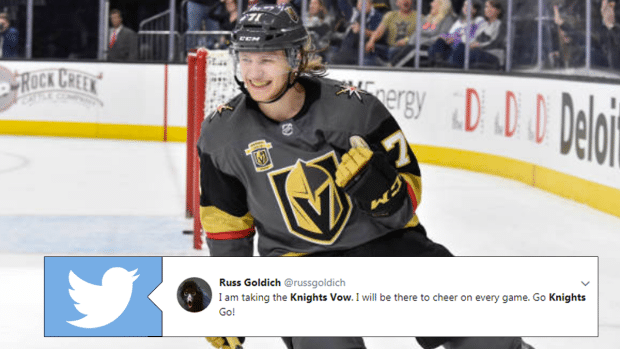
Crowd Intelligence: This one sounds like its still in production, but the LA Clippers brand spanking new Intuit Dome is said to have technology in the seats that can measure decibel levels. So the most raucous fans can earn rewards for going crazy in support of their team.
Cal’s Customer Verdict: I particularly like this because its gathering data ‘through the line’. It happens organically. It encourages a home court advantage like no other for the Clippers and the fans can do what they do best – cheer on their team and get rewarded for it.
That’s just a few examples for sports where they can capture data that makes them smarter whilst improving the fans experience.
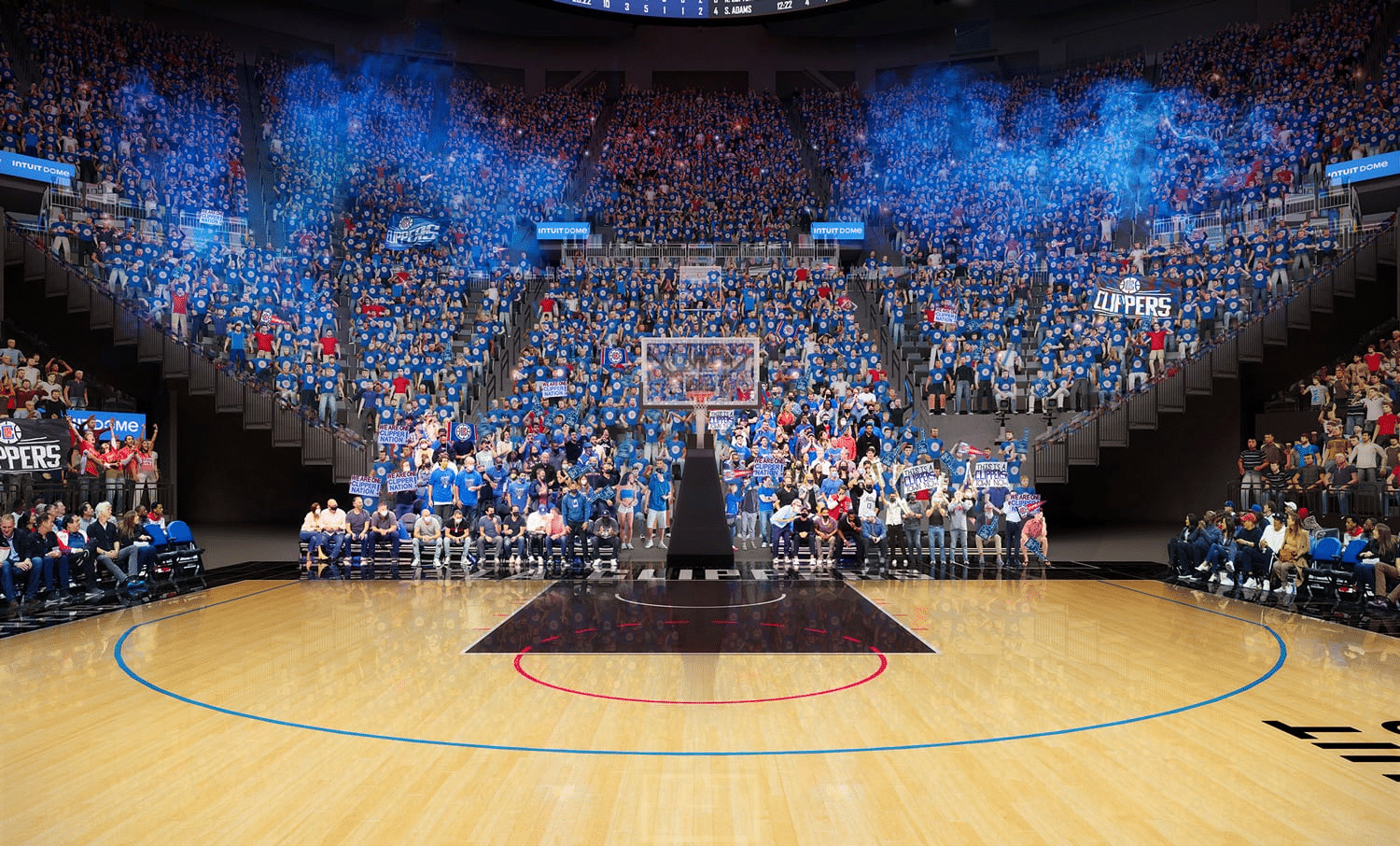
Nike’s strategy works so well because they offer such a great experience to athletes*, that they barely even think about how much information they are sharing.
And of course, all this first party data needs to integrate into your CRM, so you can build a single view of the customer.
By understanding how they interact with you both digitally and in-person, you can simultaneously generate new revenue streams that create incredible experiences for your fans.
Bonus 🚨
*if you noticed me putting in the asterisk next to athlete throughout this piece, its a nod to Nike’s mission statement, which I love:
To bring inspiration and innovation to every athlete* in the world.
**If you have a body, you are an athlete. A nice pep-up heading into the weekend.








